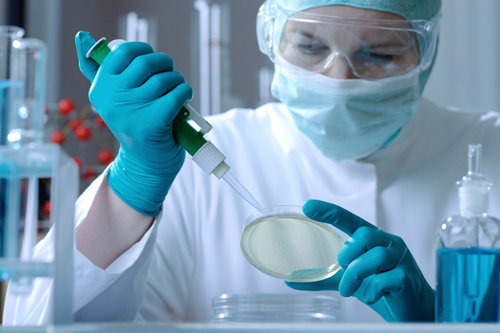Human tissue procurement is the process of obtaining human tissue for transplantation or research purposes. The tissue can be obtained from cadavers, living donors, or aborted fetuses. Human tissue procurement is so important because it aids scientists in creating novel diagnostic procedures for identifying diseases, treating those that already exist, and evaluating the safety and effectiveness of pharmaceuticals before they are made available to the general population.

Cadaveric tissue procurement is the most common type of human tissue procurement. Cadaveric tissues are donated after death and are typically used for transplantation purposes. Living donors can also donate tissues, which are typically used for research purposes. Aborted fetuses are another source of human tissue that can be procured for both transplantation and research purposes.
There are a variety of reasons why someone might need human tissue procurement. Transplantation is the most common reason, as it can be used to treat a number of conditions including heart disease, liver disease, and kidney disease. Research is another common reason for human tissue procurement. Tissues can be used to study a number of different things including diseases and disorders, and to develop new treatments and therapies.
Human tissue procurement is a vital part of both transplantation and research. It helps to save lives and improve the quality of life for those who receive transplants, and it helps advance our understanding of diseases and disorders.

